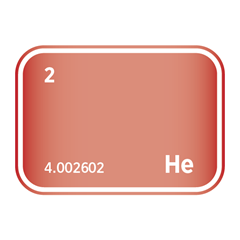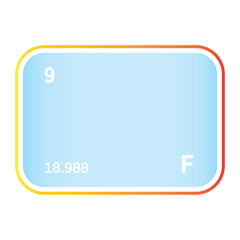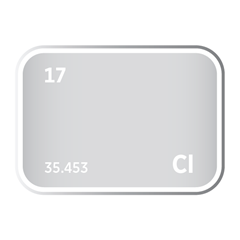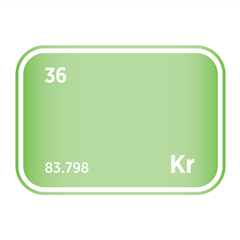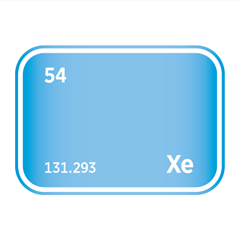Radon
Critical Minerals and The Energy Transition
Navigating the Radon Market
Radon, a radioactive noble gas, plays a specialised role in niche medical, scientific, and environmental applications due to its unique decay properties and high density. Primarily used in environmental monitoring, radon detection systems are critical for assessing health risks in buildings and soil, particularly in regions with high geological emissions. Its significance extends to scientific research, where radon-222 serves as a tracer for geophysical studies like groundwater flow and seismic activity. Historically used in radiotherapy for cancer treatment, radon’s medical applications persist in limited research settings. The demand for radon is driven by its irreplaceable radioactive properties, yet it is constrained by its short half-life, regulatory restrictions, and limited supply from natural geological sources. The radon market faces challenges, including stringent safety regulations and supply variability tied to environmental factors. As public health awareness and environmental monitoring needs grow, the radon market is positioned to support critical applications while navigating the complexities of safe handling and sustainable sourcing.
An introduction to argon
Radon demand and end-uses
Radon, a radioactive noble gas, is valued for its unique decay properties and high density, making it essential in highly specialised medical, scientific, and environmental applications. Unlike stable noble gases like argon, radon’s use is constrained by its radioactivity, short half-life (approximately 3.8 days for radon-222), and stringent regulatory oversight, yet its distinct characteristics ensure its critical role in niche sectors such as environmental monitoring, geophysical research, and limited medical applications. Demand for radon remains low-volume but consistent, driven by its irreplaceable utility in precise, radiation-dependent applications.
Historically, radon was used in medical radiotherapy, particularly for cancer treatment, where its alpha particle emissions enabled targeted radiation of diseased tissue. Its ability to deliver potent, localised radiation was valuable in early therapeutic practices, particularly in the early 20th century, but safety concerns and advancements in technology have led to its replacement by safer, more controllable alternatives like radium-223, cobalt-60, or modern linear accelerators. Nevertheless, radon retains relevance in specialised medical research, such as studies on radiation dosimetry and cellular effects, with limited but persistent demand in niche clinical and academic settings, particularly in countries with advanced nuclear research infrastructure like the United States and Germany.
In scientific research, radon-222 is a key tracer in geophysical and environmental studies due to its radioactive decay, which enables precise tracking of natural processes. It is used to monitor groundwater flow, detect seismic activity, and study atmospheric dispersion, providing data critical for geologists, hydrologists, and environmental scientists. Unlike stable noble gases like helium or argon, radon’s decay signature offers unique insights into subsurface dynamics, ensuring steady demand in research institutions, particularly in geologically active regions such as Canada, Scandinavia, and Japan. Its use in seismic forecasting, for instance, is gaining attention in earthquake-prone areas, though data reliability remains a challenge.
In environmental monitoring, radon dominates as a focus of detection and mitigation efforts due to its natural accumulation in buildings, basements, and soil, especially in areas with uranium- or radium-rich geology. Radon’s link to lung cancer, as a leading environmental health risk, drives demand for detection systems and mitigation technologies in residential, commercial, and public buildings. This application accounts for the majority of radon-related activity, fueled by increasing public health awareness and regulations in countries like Norway, the United Kingdom, and the United States. Demand for radon testing kits and ventilation solutions is growing, particularly in regions with stringent building codes prioritizing indoor air quality.
Radon also has niche applications in industrial and calibration contexts, such as testing radiation detectors or calibrating instruments for nuclear research. Its radioactive properties make it suitable for high-precision calibration tasks, though alternatives like cesium-137 or americium-241 are often preferred due to their longer half-lives and safer handling profiles. These applications represent a minor share of radon demand but remain vital in specialised scientific and industrial settings, such as nuclear physics laboratories.
Looking ahead, radon demand is expected to remain niche but stable, driven by its critical roles in environmental monitoring and geophysical research, with minimal growth in medical applications due to safer alternatives. Increasing global awareness of radon’s health risks, coupled with stricter regulations on indoor air quality, will likely sustain demand for detection and mitigation systems, particularly in developed nations. Radon’s supply, reliant on natural geological emissions and controlled radium decay, is limited by its short half-life and strict regulatory frameworks, posing challenges to scalability if demand rises or collection techniques remain static.
With its unique radioactive properties and critical but limited applications, radon remains an essential tool in scientific and environmental fields. From enabling geophysical discoveries to protecting public health through indoor air quality management, radon’s specialised end-uses ensure its continued relevance in sectors dedicated to safety, health, and scientific advancement.

Radon supply
Radon supply is severely constrained and tightly regulated due to its radioactive nature and unique production processes, setting it apart from stable noble gases like argon. Radon, primarily radon-222, is a naturally occurring radioactive gas formed as a decay product of radium-226 in uranium- and thorium-bearing minerals within the Earth’s crust. Present in the atmosphere at approximately 1 part per trillion, radon is not industrially produced on a large scale like other noble gases. Instead, it is collected from natural geological sources or generated in controlled laboratory settings for niche medical, scientific, and environmental applications, with handling governed by stringent safety protocols.
Radon is primarily sourced from geological formations, such as uranium mines, granitic soils, or groundwater in areas with high natural radioactivity. Key countries with significant radon collection include the United States (e.g., Iowa, Montana), Canada (e.g., Saskatchewan), Australia (e.g., Western Australia), and Scandinavian nations like Norway, Sweden, and Finland, where uranium-rich geology supports radon availability. Other notable countries include the United Kingdom (e.g., Cornwall), Italy (e.g., Lazio, Tuscany), China (e.g., Inner Mongolia), Russia (e.g., Siberia, Ural Mountains), Brazil (e.g., Bahia), India (e.g., Kerala), South Africa (e.g., Gauteng Province), Poland (e.g., Sudeten Mountains), Spain (e.g., Galicia), and Austria (e.g., Alpine regions), where granitic or uranium-rich geology facilitates radon collection for environmental monitoring and research. Collection involves capturing radon gas using specialised equipment, such as radon traps or adsorption systems, tailored to high-radium environments. For medical and scientific purposes, radon can be generated in minute quantities from radium-226 sources in controlled settings, typically by research institutions or hospitals in countries with advanced nuclear capabilities, such as Germany or Japan. Major industrial gas companies rarely participate in radon supply due to its limited applications, high risks, and regulatory complexity.
Radon’s availability is heavily dictated by geological and environmental factors rather than industrial scalability. Its production cannot be independently increased, as it relies on the natural decay of radium and access to radon-emitting sites. Fluctuations in soil permeability, groundwater flow, or geological activity can cause variability in emissions, leading to inconsistent supply. Regulatory frameworks, including radiation safety standards and environmental restrictions, further limit large-scale collection and distribution. For example, transport of radon requires specialised containers and compliance with international nuclear safety regulations, adding logistical challenges.
The radon market is highly specialised and small, with low volatility compared to industrial gases due to its confined, low-volume applications. Supply chains, however, are susceptible to disruptions from tightened environmental regulations, land use restrictions in uranium-rich areas, or reduced mining activity. For instance, stricter standards in uranium mining regions, such as in Australia or Canada, can limit access to radon-rich sites, impacting availability for research or monitoring. Energy costs for operating collection equipment in remote locations can also affect supply economics.
Radon’s applications in environmental monitoring, geophysical research, and limited medical research drive its modest but steady demand. Environmental monitoring, focused on detecting radon in buildings to mitigate lung cancer risks, dominates its use, particularly in countries like Norway, the United Kingdom, and the United States with robust public health programs. In geophysical research, radon serves as a tracer for groundwater and seismic studies, while its historical use in radiotherapy has largely been phased out in favour of safer alternatives like radium-223. Demand remains predictable but is constrained by safety concerns, regulatory hurdles, and the availability of substitutes like non-radioactive tracers or other isotopes.
Unlike stable noble gases, radon cannot be stockpiled due to its short half-life (approximately 3.8 days for radon-222) and radiation hazards, making long-term storage impractical. Recycling is also infeasible, as radon decays into other isotopes, eliminating secondary supply options. Supply management depends on real-time collection from natural sources or controlled radium decay, with rigorous oversight to ensure compliance with safety standards.
Looking ahead, radon’s niche demand is expected to persist, driven by its critical roles in environmental monitoring and geophysical research, with minimal medical applications due to safer alternatives. Advances in detection technologies and stricter indoor air quality regulations may increase demand for radon monitoring systems, particularly in developed nations. To ensure a stable supply, improvements in collection technologies, such as more efficient radon trapping systems, and harmonised international safety standards will be crucial to support its limited but vital applications.
Radon substitution
Substitution for radon is extremely limited due to its unique properties as a radioactive noble gas, with applications primarily in medical, scientific, and environmental contexts. Its radioactivity, high density, and inertness make radon irreplaceable in certain niche uses, but safety concerns and regulatory restrictions often necessitate finding alternatives, which typically compromise efficacy or require significant process adjustments.
In medical applications, radon has historically been used in radiotherapy, particularly for cancer treatment, due to its emission of alpha particles that can target diseased tissue. However, safer and more controllable alternatives like radium-223, cobalt-60, or modern linear accelerators are now preferred, as they offer similar therapeutic effects with better safety profiles and reduced risk of unintended radiation exposure. These substitutes, whilst effective, often involve higher costs or more complex delivery systems, and none replicate radon’s natural gaseous form for inhalation-based therapies, which are now largely obsolete due to safety concerns.
In scientific research, radon isotopes, particularly radon-222, are used as tracers in geophysical studies, such as tracking groundwater flow or detecting seismic activity. Alternatives like stable noble gases (e.g., helium or argon) or non-radioactive isotopes can sometimes be used, but they lack radon’s specific radioactive decay properties, which provide unique detection capabilities. For example, helium is less dense and not radioactive, making it unsuitable for applications requiring radon’s decay signature. Other radioactive tracers, such as tritium, may be used, but they introduce different handling challenges and detection requirements.
In environmental monitoring, radon’s natural presence in soil and buildings is measured to assess health risks, particularly in areas with high geological radon emissions. No direct substitute exists for radon in this context, as its radioactive decay is the specific phenomenon being monitored. Alternatives like air sampling for other gases or indirect geological surveys can provide supplementary data, but they cannot replicate radon’s role as a direct indicator of environmental radiation risks.
Due to its radioactivity and associated hazards, radon is minimally used in industrial applications. In rare cases, such as certain calibration processes for radiation detectors, radon may be used, but alternatives like cesium-137 or americium-241 are typically preferred for their stability and controlled emission profiles. These substitutes, however, require different equipment and safety protocols, limiting their interchangeability with radon.
Overall, radon’s use is highly specialised and constrained by its radioactivity, making substitution challenging in most cases. Alternatives like radium, helium, or other radioactive isotopes exist, but they often involve trade-offs in safety, cost, or performance. As health and environmental regulations tighten and safer technologies advance, radon’s role is increasingly limited to specific scientific and monitoring applications, with substitution driven by the need to minimise radiation risks rather than replicate its unique properties.
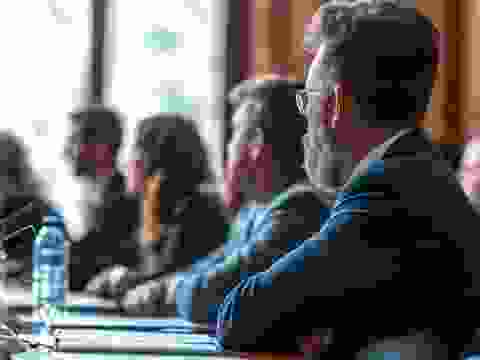


Meet the Critical Minerals team
Trusted advice from a dedicated team of experts.

Henk de Hoop
Chief Executive Officer

Beresford Clarke
Managing Director: Technical & Research

Jamie Underwood
Principal Consultant

Dr Jenny Watts
Critical Minerals Technologies Expert

Ismet Soyocak
ESG & Critical Minerals Lead

Thomas Shann Mills
Senior Machine Learning Engineer

Rj Coetzee
Senior Market Analyst: Battery Materials and Technologies

Franklin Avery
Commodity Analyst
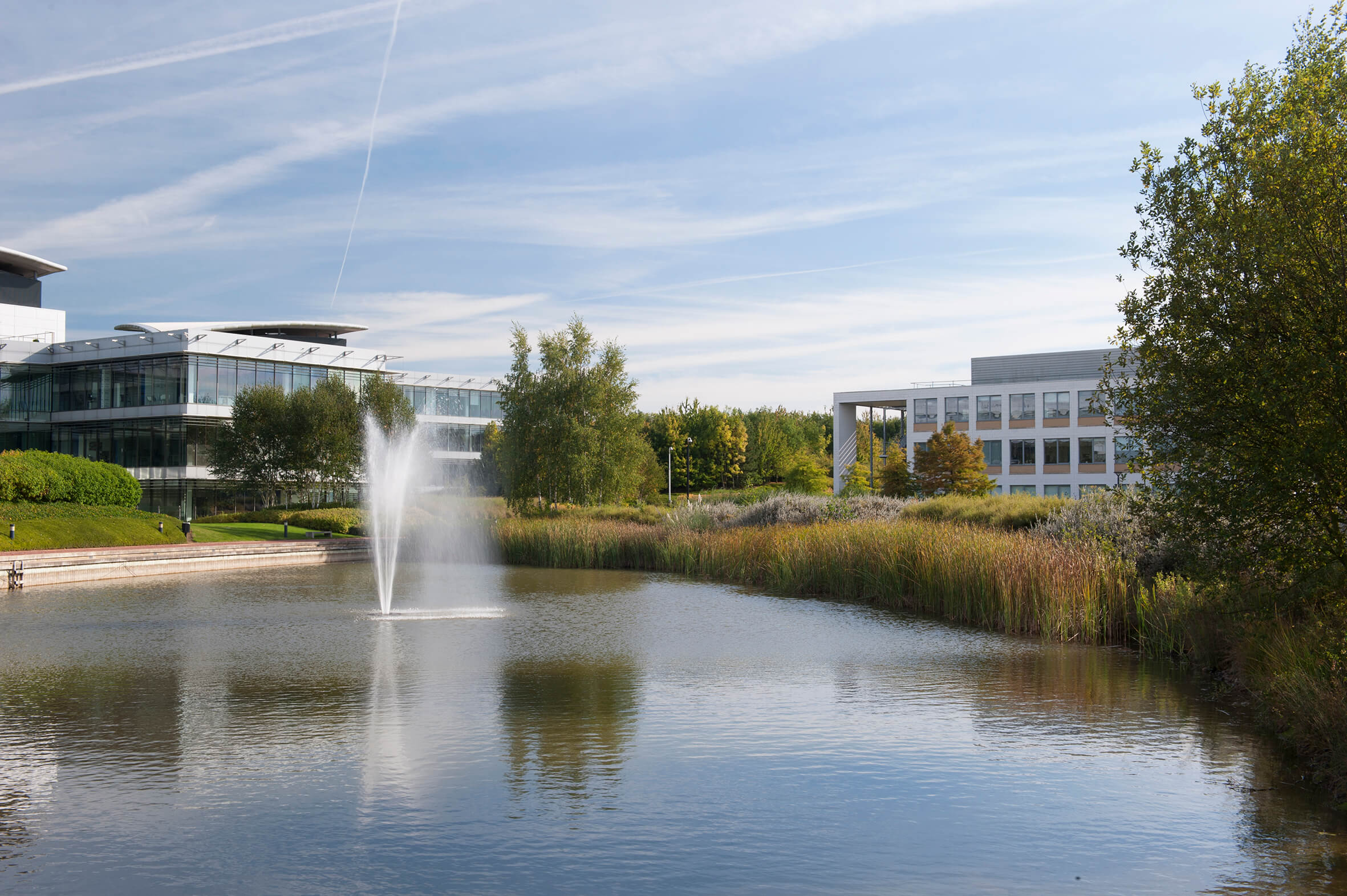
How can we help you?
SFA (Oxford) provides bespoke, independent intelligence on the strategic metal markets, specifically tailored to your needs. To find out more about what we can offer you, please contact us.

